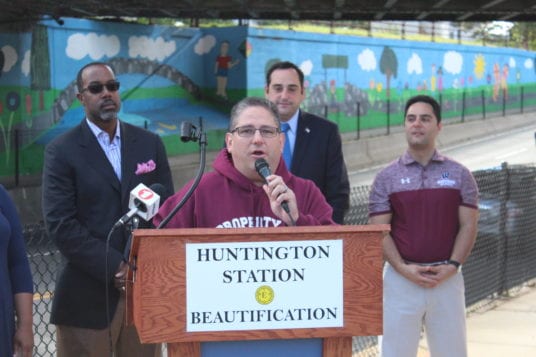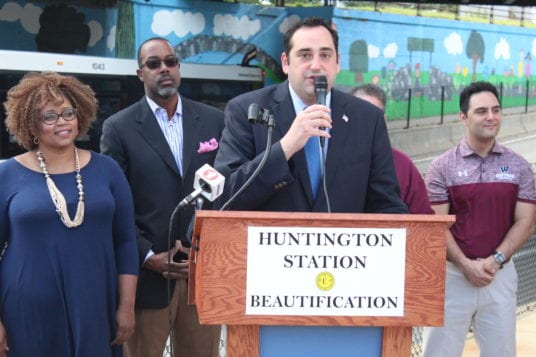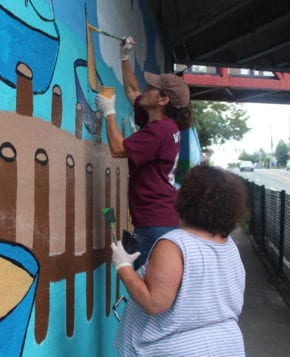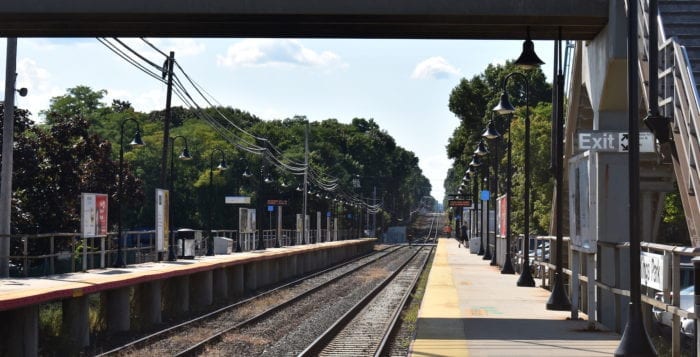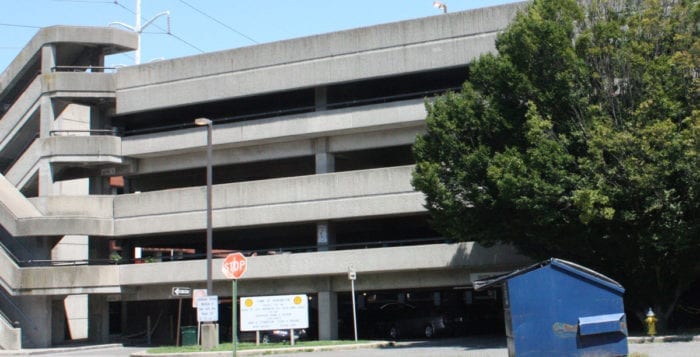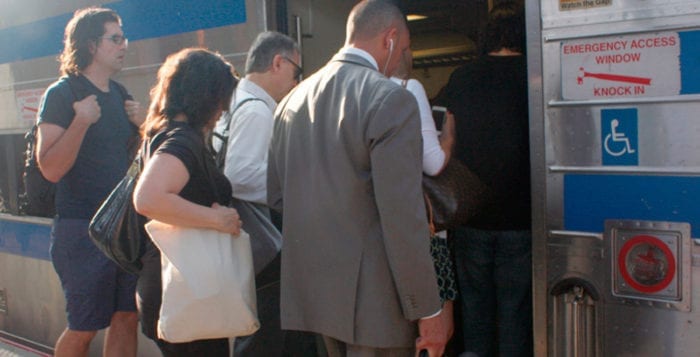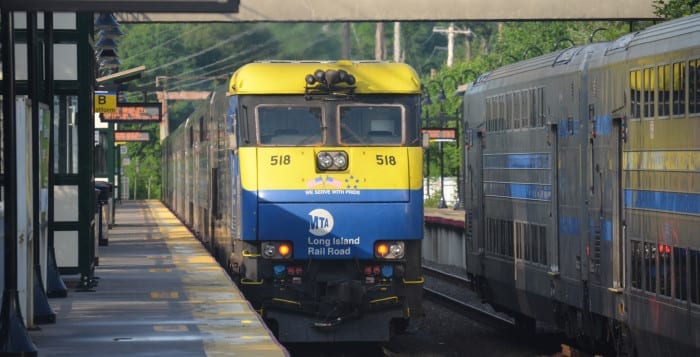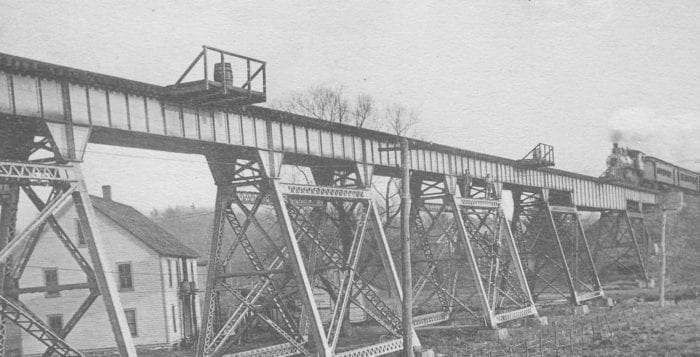The approved $175.5 billion 2019-20 New York State budget Monday brought some good and bad news for Long Islanders.
That bit of good news came in the form of up to $4 billion over five years for the Long Island Rail Road, making the possibility of improvements to the mass-transit system more promising than ever. However, we believe Long Islanders will need to keep an eye on these funds and make sure they are used for the improvements that mean the most to them.
From everyday commuters to city day-trippers, many can attest that a ride on the train is no picnic, and the transportation system is in desperate need of improvements. From overpacked train cars during rush hours to numerous delays, many Long Islanders opt to take their vehicles into the city instead of dealing with noisy, dirty trains.
A new congestion pricing program in Manhattan will enable LIRR to receive 10 percent of the revenue generated, which will allow funds to be used for capital improvement projects for trains and stations. The program, which will go into effect by 2021, will implement tolls for vehicles passing through Manhattan at 60th Street, with exclusions including FDR Drive, West Side Highway and Battery Park underpass.
While legislators have plenty of ideas for the LIRR, including more ADA compliant stations, electrified rails and more train cars — so when there is a problem with a car a replacement is available — this is the time for residents to speak up and let their concerns be heard. Not only do we urge our readers to notify their legislators with what they would like to see improved on the LIRR, we also appeal to the Metropolitan Transit Authority to hold public forums to allow passengers to air their grievances. With the amount of money being pumped into this, it cannot be squandered.
On the municipalities side of the budget, however, it’s not all good news. Long Island will see less in local aid and road repair funding. Multiple Brookhaven town officials have sent us opinions and letters about this loss. The town is losing $1.8 million in local aid and almost another $700,000 in road repair funding, a 15 percent decrease in its state highway aid.
The permanent 2 percent property tax cap, we hope will allow more Long Islanders to remain here, and not only survive but also thrive. However, it doesn’t compensate for the recent federal capping of SALT deductions, which has meant that many people were unable to claim their entire property tax on their federal taxes. Cost-of-living issues on Long Island are no joke, and while there is certainly a fair amount of political hand-wringing over budgets, more needs to be done on the state’s side to bring down the cost of living. The additional $1 billion in school aid helps, any loss in local funding does not.




